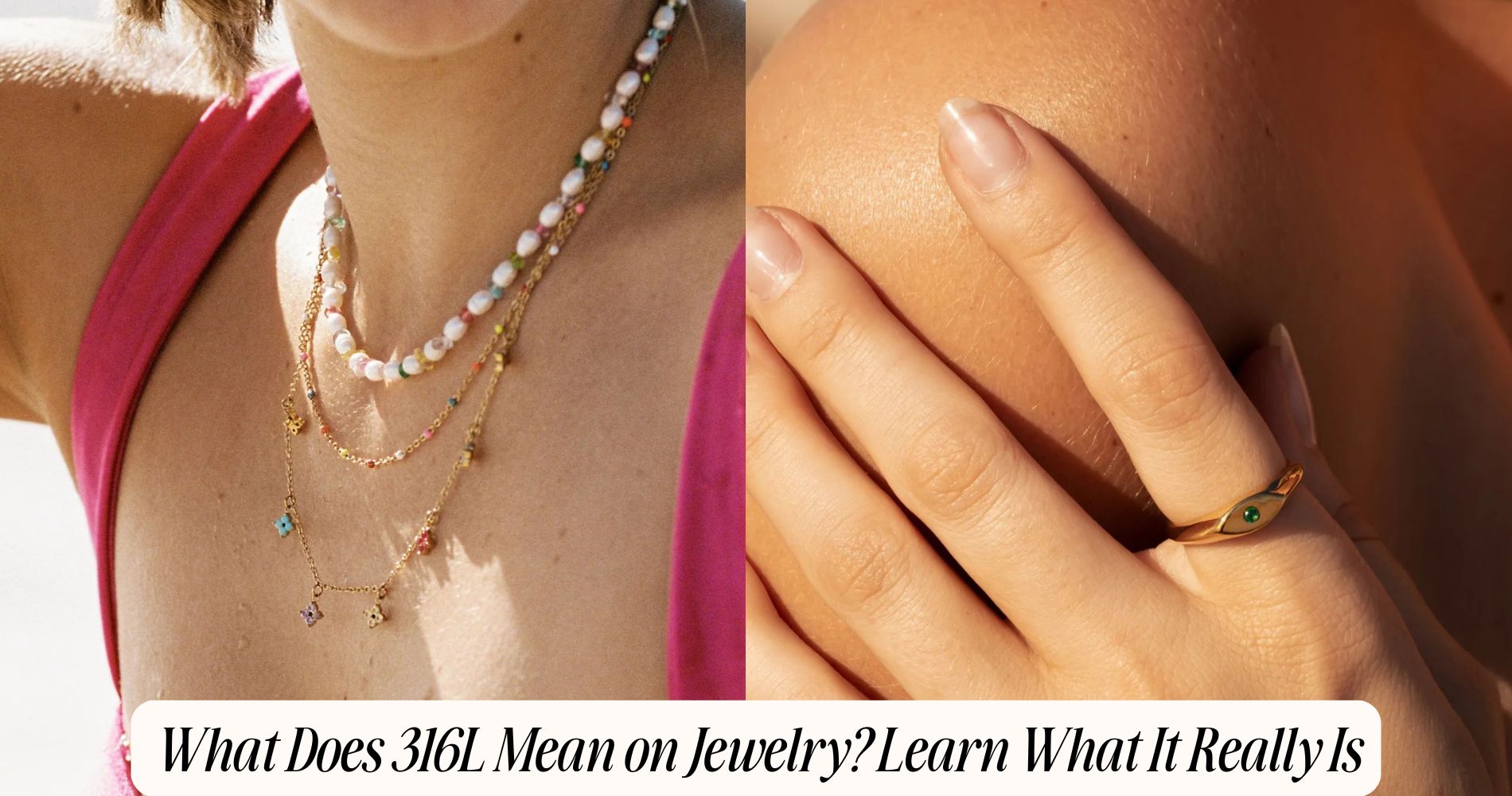
What Does 316L Mean on Jewelry? Learn What It Really Is
What does 316L mean on jewelry? It refers to a low-carbon, high-grade stainless steel known for its exceptional resistance to corrosion, tarnishing, and everyday wear. This durable metal contains chromium, nickel, and molybdenum, making it stronger than many other metals commonly used in jewelry. Plus, it's hypoallergenic—perfect for those with sensitive skin. If you're looking for stylish pieces made with 316L stainless steel, explore our Waterproof Jewelry collection. Keep reading to learn why 316L is a smart and lasting choice for your jewelry.
Understanding the Meaning of 316L in Jewelry
In jewelry, "316L" refers to a specific grade of stainless steel known for its low carbon content and enhanced corrosion resistance. When you see this marking, it indicates a metal designed for longevity and resilience, especially in environments where moisture and wear are concerns.
The 316L significance goes beyond just material properties—it also signals a commitment to quality and reliability in a piece. For many, 316L symbolism relates to strength, modernity, and the ability to withstand daily challenges without losing luster or integrity.
You’ll notice that 316L is often chosen for body jewelry and high-wear items because it minimizes allergic reactions and tarnishing. Fundamentally, choosing 316L jewelry means you value durability, safety, and understated elegance in your adornments.
The Composition and Properties of 316L Stainless Steel
Composition defines 316L stainless steel as an alloy primarily made of iron, with notable additions of chromium (16-18%), nickel (10-14%), and a small amount of molybdenum (2-3%).
In your composition analysis, you’ll notice these elements work together to enhance the alloy’s corrosion resistance, especially against chlorides and acidic environments. The “L” in 316L signifies low carbon content, typically under 0.03%, which minimizes carbide precipitation during welding and boosts resistance to intergranular corrosion.
For a properties overview, you’ll find 316L stainless steel is non-magnetic in the annealed condition, highly durable, and remarkably resistant to tarnish and rust.
It maintains structural integrity under high temperatures and exhibits excellent formability, making it a preferred choice for jewelry that demands both resilience and a polished appearance.
How 316L Differs From Other Stainless Steel Grades
While 316L stainless steel stands out for its impressive corrosion resistance and low carbon content, it's important to understand how it separates itself from other common stainless steel grades like 304 and 201.
You’ll find that 316L contains more molybdenum than 304, which markedly enhances its resistance to chlorides and harsh environments. The “L” in 316L denotes its lower carbon content compared to standard 316, reducing carbide precipitation during welding and boosting its durability.
In contrast, grade 201 relies on manganese rather than nickel, making it less resistant to corrosion and not ideal for high-end jewelry.
These 316L advantages allow for broader 316L applications, especially in settings where exposure to moisture or chemicals is frequent and long-term stability is vital.
Benefits of Choosing 316L for Jewelry
Because 316L stainless steel offers a unique combination of material properties, it’s become a preferred choice for jewelry that demands both durability and aesthetic appeal.
You’ll find that its low carbon content enhances corrosion resistance while maintaining structural integrity, making it ideal for daily wear. The alloy’s malleability provides significant design versatility, allowing intricate detailing and a wide range of finishes, from high polish to matte.
This adaptability lets designers create pieces that suit diverse tastes and styles. Additionally, 316L is hypoallergenic, reducing the risk of skin irritation for sensitive individuals.
From a manufacturing perspective, its cost effectiveness stands out—offering a premium look and feel without the high price tag of precious metals, making quality jewelry accessible to more people.
Tarnish Resistance and Durability Explained
Thanks to its specific alloy composition, 316L stainless steel resists tarnishing and corrosion far better than many traditional jewelry metals. The addition of molybdenum enhances its ability to withstand exposure to moisture, salt, and everyday chemicals, making tarnish prevention one of its strongest attributes.
You’ll notice that 316L jewelry rarely loses its luster or develops unsightly discoloration, even with frequent wear.
When it comes to durability factors, 316L is engineered for resilience. Its low carbon content reduces the risk of rust or pitting, while the alloy’s inherent strength protects against scratches, dents, and deformation.
This means you can wear your jewelry during daily activities without worrying about rapid wear or surface damage. 316L’s structure guarantees long-lasting performance and minimal maintenance.
Hypoallergenic Qualities for Sensitive Skin
If you have sensitive skin, 316L stainless steel offers a significant advantage due to its hypoallergenic properties.
This alloy contains low nickel content and high levels of chromium and molybdenum, which form a protective layer, reducing the likelihood of skin sensitivity or metal allergies.
Unlike lower-grade stainless steels, 316L minimizes nickel release, a common trigger for allergic reactions.
The manufacturing process guarantees smooth surfaces, further decreasing skin irritation.
You’ll find that 316L’s chemical stability prevents corrosion and leaching, even with prolonged contact or exposure to moisture.
For individuals prone to rashes or itching from other metals, 316L stainless steel makes jewelry much safer to wear daily.
This metal’s hypoallergenic nature sets it apart, especially for those concerned about metal allergies.
Common Types of Jewelry Made With 316L
Many jewelry designers choose 316L stainless steel for its durability, corrosion resistance, and hypoallergenic properties, making it a preferred material for a wide range of pieces.
When you examine bracelet designs, you’ll notice 316L’s strength allows for intricate links, bold cuffs, or delicate chains without compromising structural integrity.
For pendant styles, 316L supports both minimalist and elaborate motifs, as its smooth surface accommodates detailed engraving and polishing.
You’ll also find 316L used extensively in rings, earrings, and body jewelry due to its ability to maintain a high luster and resist tarnish.
Because of its versatility, 316L is suitable for both contemporary and classic aesthetics, letting designers create pieces that retain their original appearance through daily wear and various environmental exposures.
Care Tips for Maintaining 316L Jewelry
Although 316L stainless steel jewelry is renowned for its resilience and low-maintenance qualities, proper care guarantees its longevity and preserves its appearance.
To clean 316L pieces, use mild cleaning methods: immerse them in warm, soapy water and gently scrub with a soft cloth or brush to remove residues. Avoid harsh chemicals or abrasive pads, as these can compromise the surface finish. Rinse thoroughly and dry completely to prevent water spots.
For storage solutions, keep your jewelry in a dry, separate compartment or a soft pouch to minimize contact with other metals and prevent scratches. Avoid exposing 316L jewelry to chlorine, saltwater, and strong detergents, as these environments may accelerate wear.
Consistent, careful handling will make certain your jewelry remains pristine.
How to Identify Authentic 316L Jewelry
Authenticity in 316L jewelry hinges on specific markers that distinguish it from lower-grade alloys.
To identify genuine 316L stainless steel, start by checking for a clear “316L” or “Surgical Steel” stamp, typically placed on the inside of rings or clasps.
Examine the finish—authentic 316L has a smooth, high-shine appearance and resists tarnishing.
Learn how to spot fakes by testing with a magnet: while 316L is slightly magnetic, overly strong attraction may indicate inferior metal.
Evaluate weight; 316L feels solid and heavier than cheaper alloys.
If possible, request a material analysis or certification from the seller.
An authentic piece won’t discolor your skin or corrode when exposed to moisture, further confirming its quality and composition.
Frequently Asked Questions
Can 316L Jewelry Be Resized or Repaired Easily?
When you try resizing 316L jewelry, you'll face resizing challenges due to its hardness and resistance to heat. However, skilled jewelers can use specialized repair methods like laser welding to effectively repair or slightly adjust such pieces.
Is 316L Stainless Steel Magnetic?
You’ll find that 316L stainless steel is generally non-magnetic due to its austenitic structure, one of its key 316L properties. However, slight magnetism can develop after fabrication, but it remains minimal for most 316L applications.
Does 316L Jewelry Contain Any Nickel?
You’re wondering about jewelry composition and nickel allergies. 316L jewelry does contain a small amount of nickel, typically under 10%. However, it’s designed to minimize skin reactions, making it suitable for most people with mild nickel allergies.
How Does 316L Compare to Titanium Jewelry?
When you compare 316L durability to titanium, you'll find titanium is lighter and more scratch-resistant, but 316L is tougher against bending. Expect a 316L price difference, as it's typically more affordable than titanium jewelry.
Is 316L Safe to Wear in Swimming Pools or the Ocean?
You can confidently wear 316L jewelry in swimming pools or the ocean. Its high corrosion resistance guarantees swimming safety and ocean durability, minimizing rust or tarnish. However, prolonged exposure to chlorine or saltwater can eventually cause minor wear.
Conclusion
When you choose 316L jewelry, you’re opting for a technically advanced material that stands out for its corrosion resistance, hypoallergenic properties, and long-lasting durability. Its low carbon content reduces rust and tarnish, making it ideal for daily wear, even in challenging environments. By understanding the composition and care requirements, you can confidently select and maintain authentic 316L pieces, ensuring both style and performance. Analyze labels and finishes closely to verify you're getting genuine 316L stainless steel.







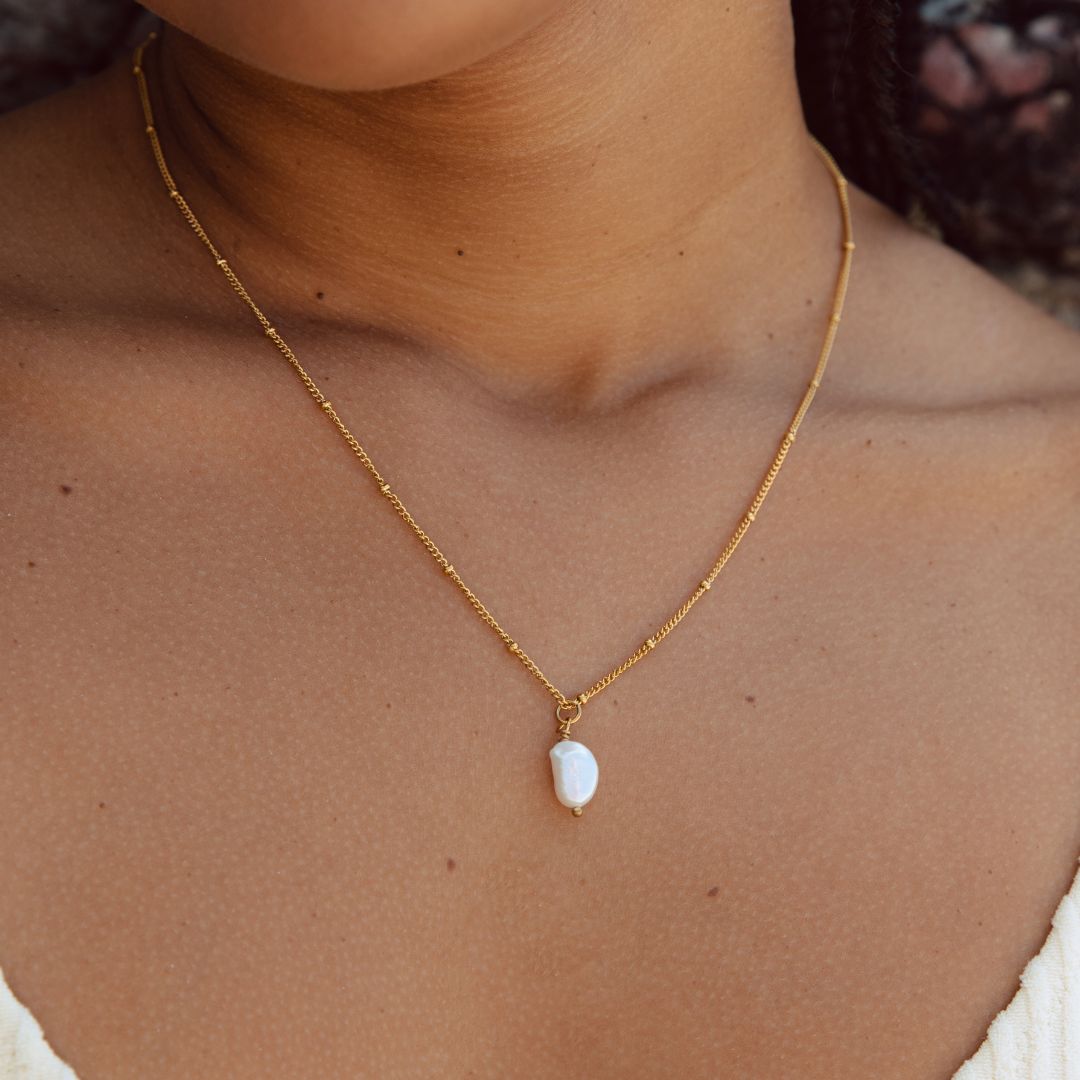

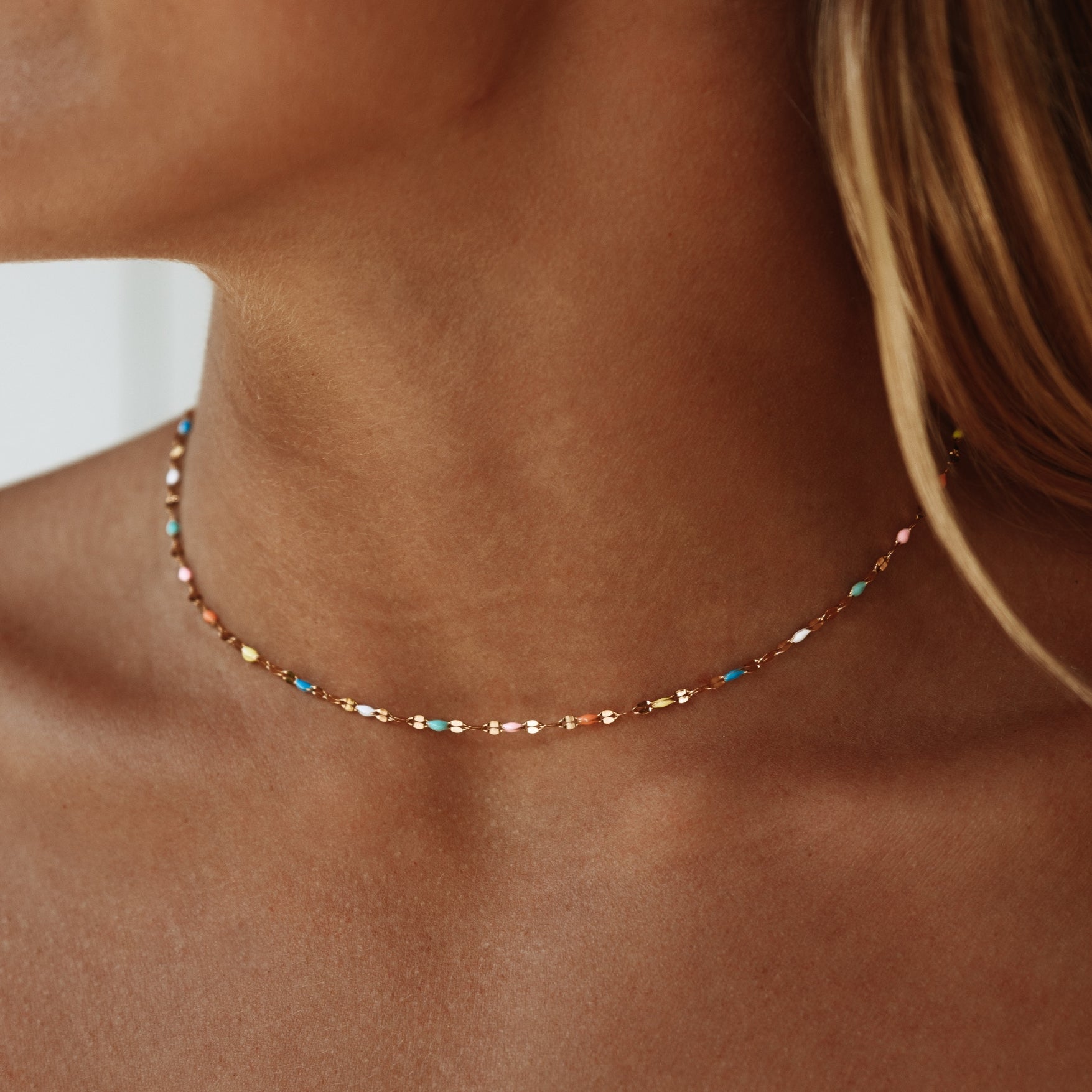


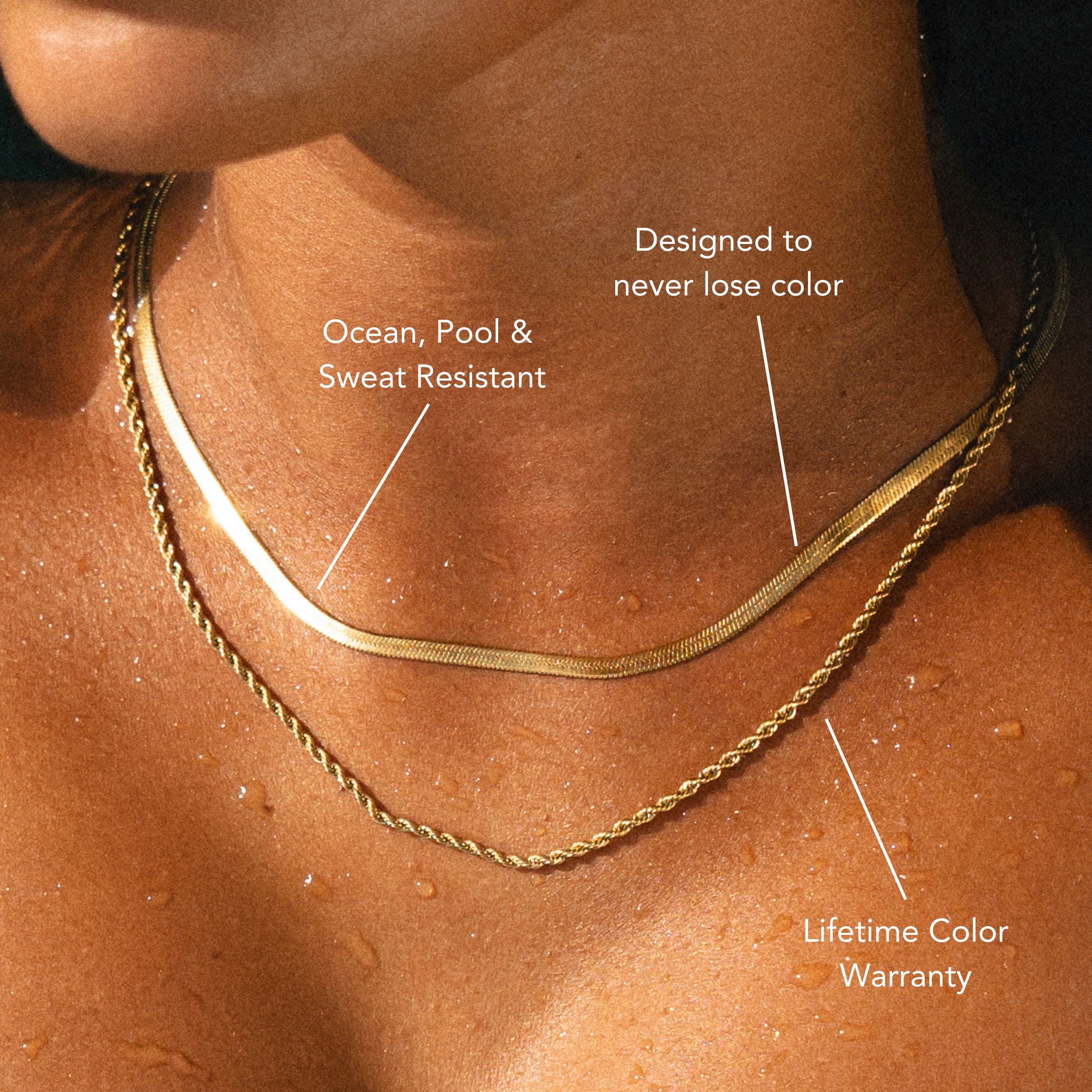
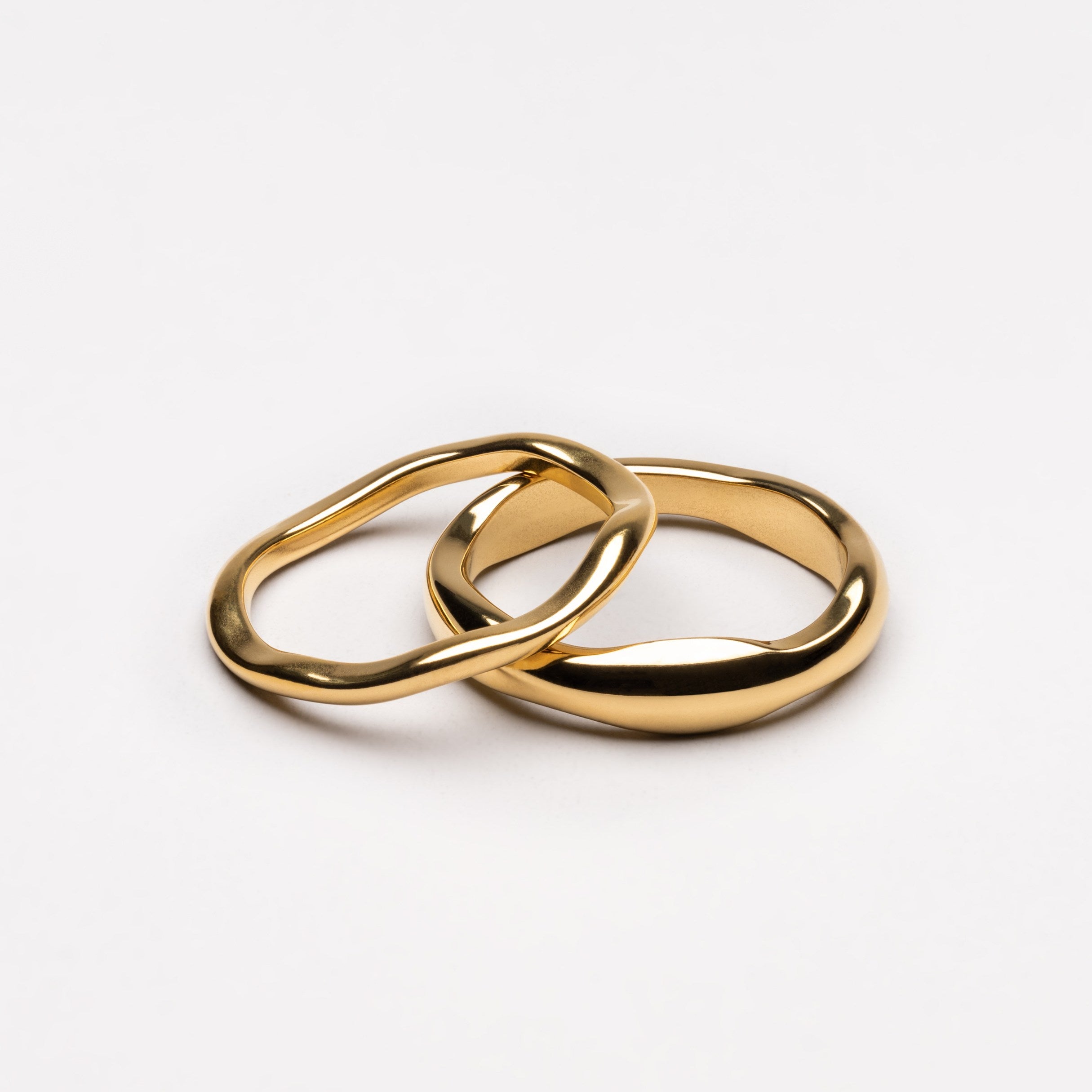
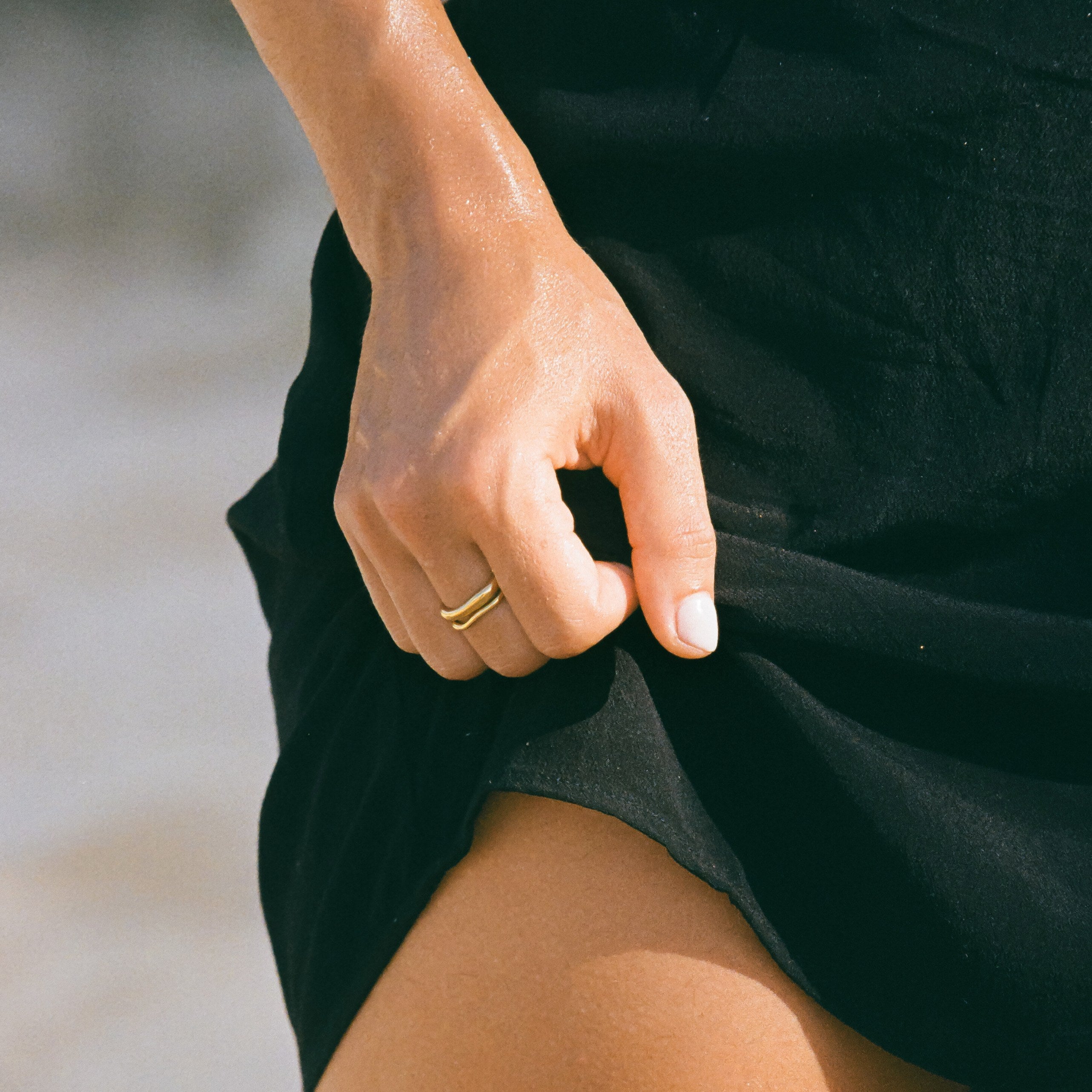

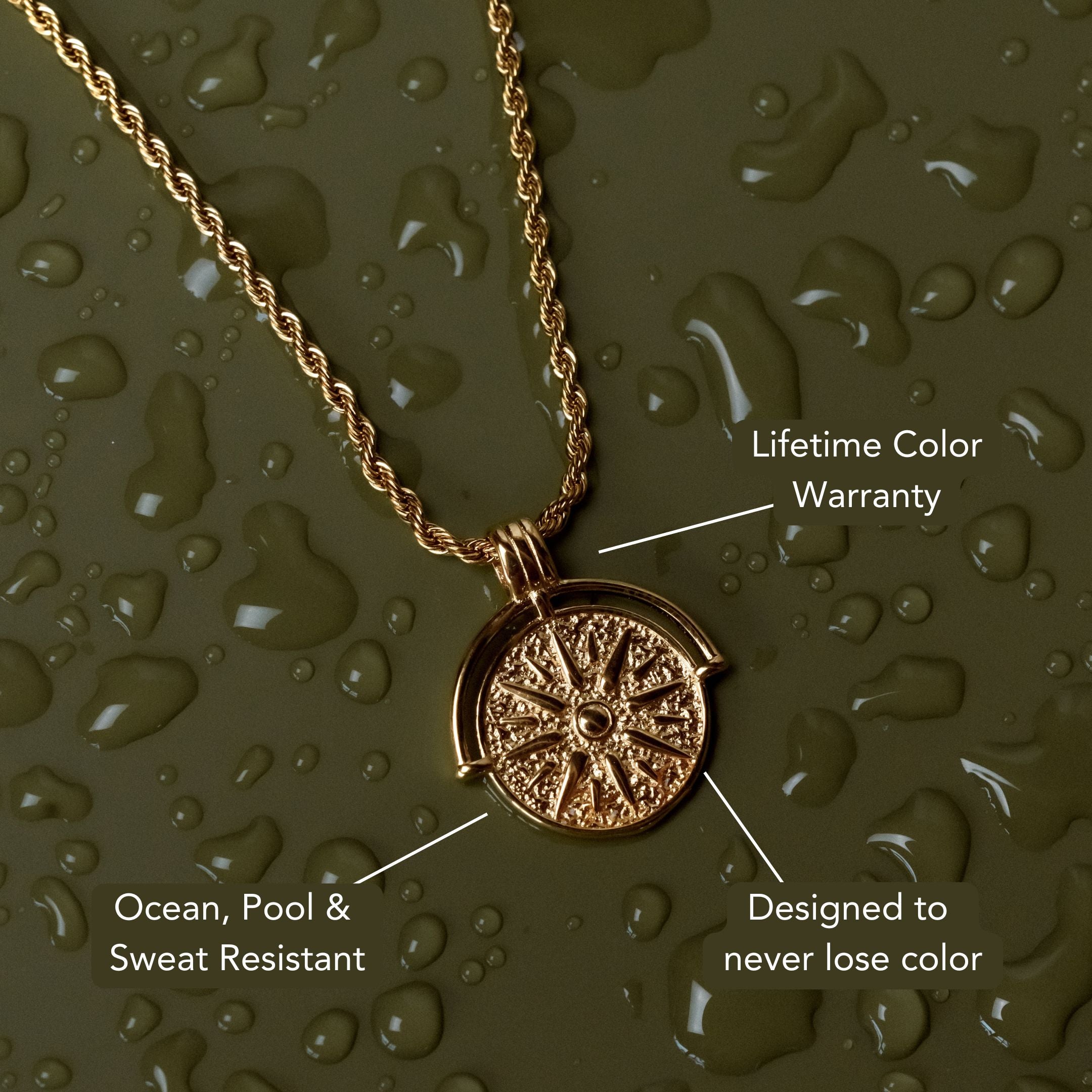
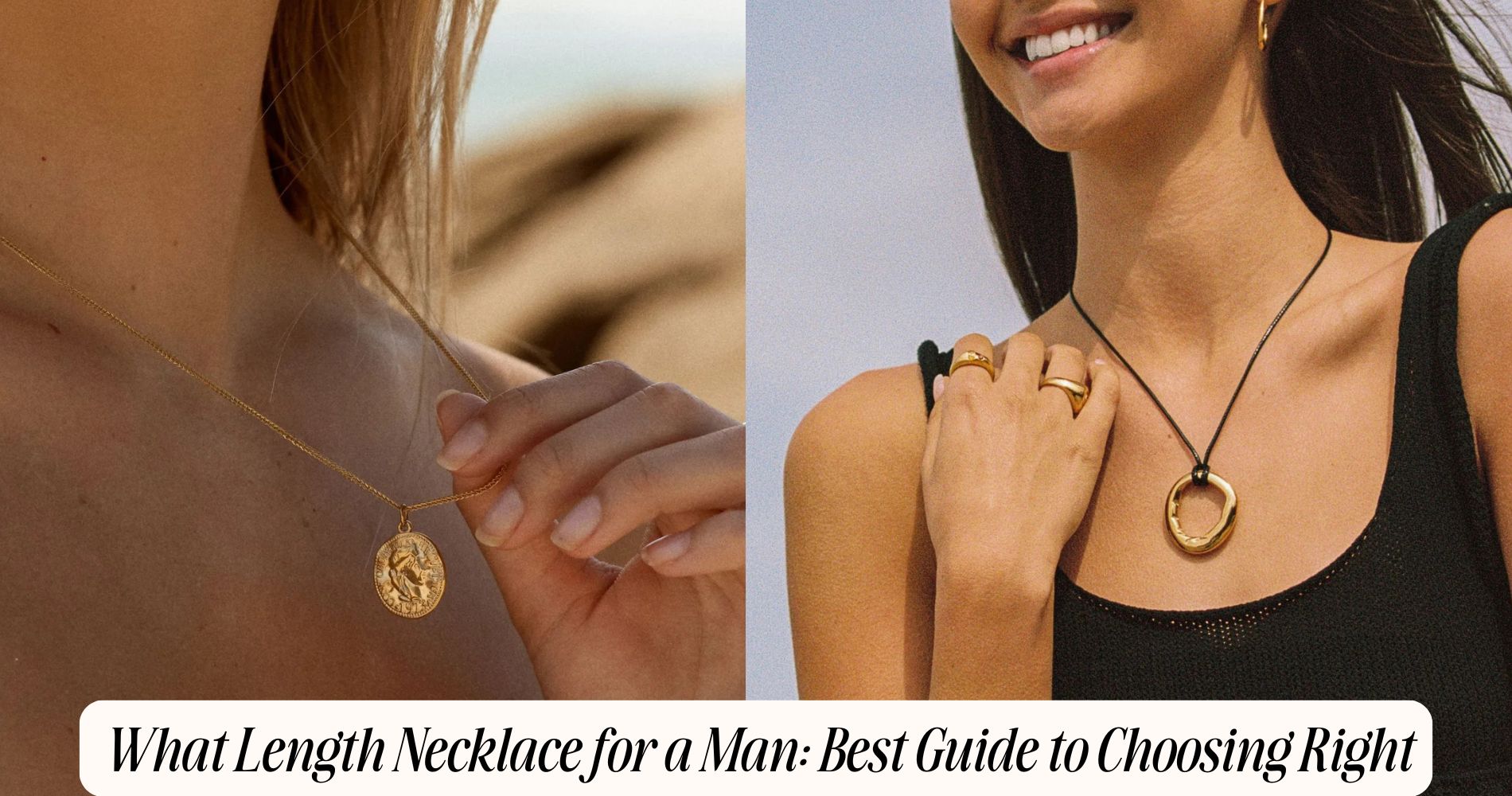





Leave a comment
This site is protected by hCaptcha and the hCaptcha Privacy Policy and Terms of Service apply.